Functionality:
An ophthalmic auto lens edger is designed to automate the lens finishing process, replacing manual methods with precision machinery.
The primary function is to cut, grind, and polish the edges of eyeglass lenses to match the specifications of a patient’s prescription.
Lens Materials:
The edger is capable of processing various lens materials, including traditional plastic, high-index, polycarbonate, and Trivex lenses.
Automated Cutting and Grinding:
The device automates the cutting and grinding of lenses based on the parameters provided by the eyecare professional.
Computerized controls ensure accuracy and consistency in the lens shaping process.
Beveling and Polishing:
The edger includes mechanisms for beveling the edges of the lenses, providing a smooth finish and facilitating lens insertion into eyeglass frames.
Polishing components contribute to the final aesthetic and functional quality of the lenses.
Customization:
Ophthalmic auto lens edgers offer a high degree of customization to cater to various lens shapes, sizes, and prescriptions.
Some advanced models can handle specialty lenses, including progressive, multifocal, and aspheric designs.
Database Integration:
Many lens edgers are equipped with database integration capabilities, allowing practitioners to access and store patient prescription data for future use.
This feature streamlines the lens edging process and ensures consistency in lens production.
User Interface:
The device typically features a user-friendly interface that allows eyecare professionals to input and modify prescription parameters easily.
Touchscreen displays and intuitive controls contribute to efficient operation.
Safety Features:
Ophthalmic lens edgers incorporate safety features to prevent damage to lenses and protect the operator.
Automatic shut-off mechanisms and safety interlocks are commonly included.
Water and Debris Management:
The edger is equipped with systems to manage water and debris generated during the cutting and grinding process.
Water is often used to cool and lubricate the lenses during machining.
Integration with Lens Measurement Devices:
Some models integrate with lensometry devices to measure and verify lens prescriptions before the edging process, ensuring accuracy.
Maintenance:
Regular maintenance is required to keep the edger in optimal condition. This may include cleaning, calibration, and periodic checks for mechanical components.

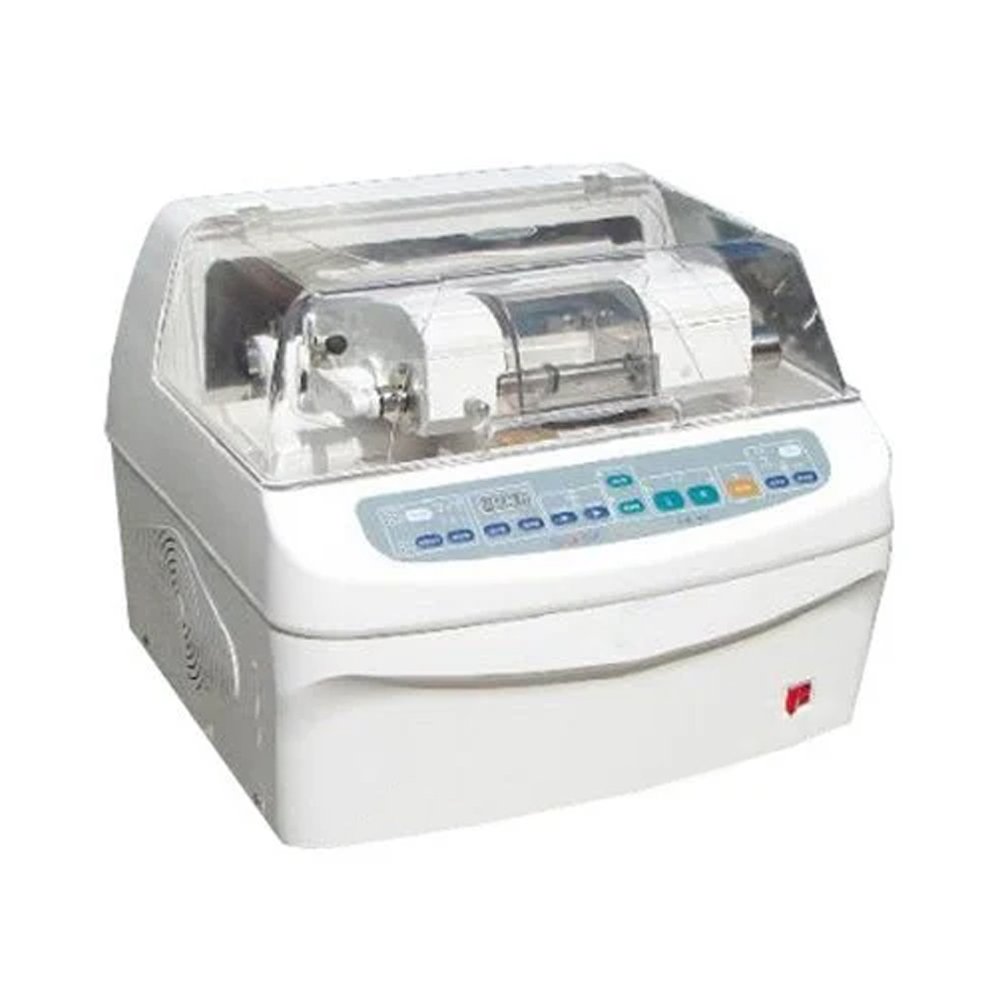
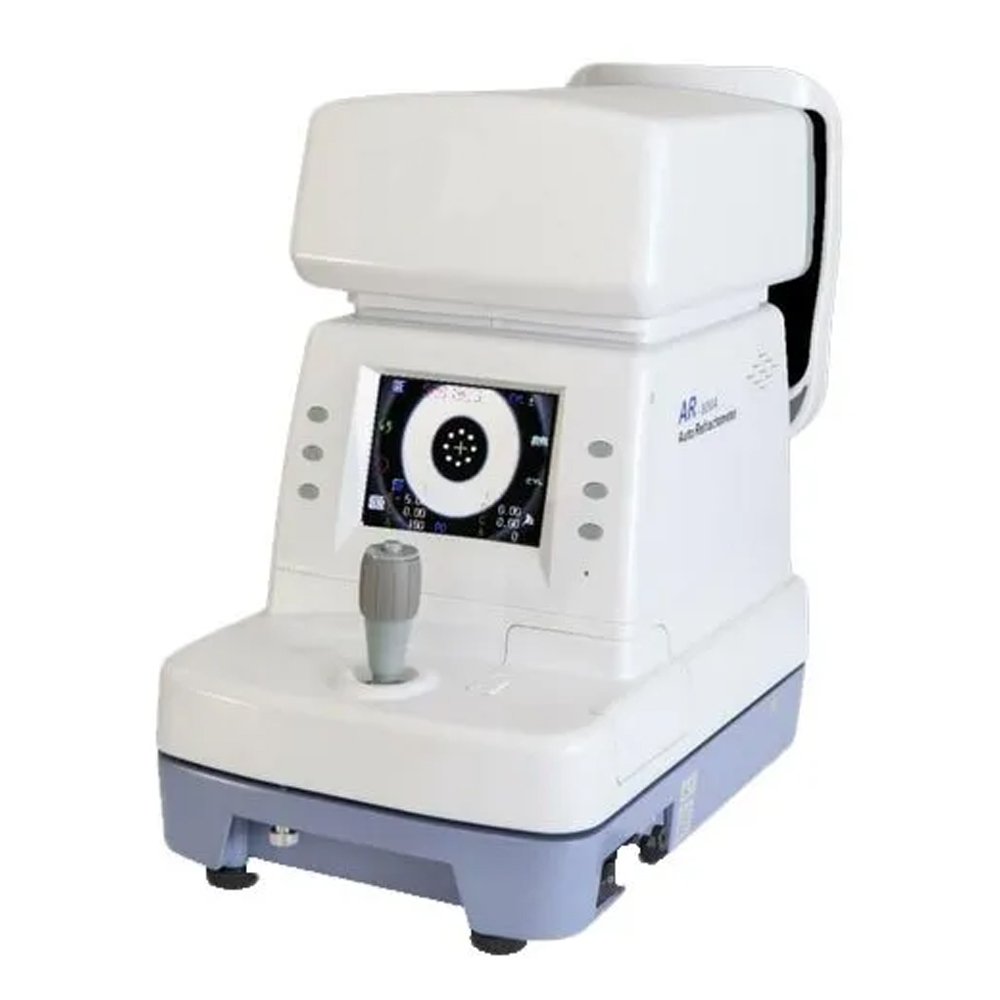
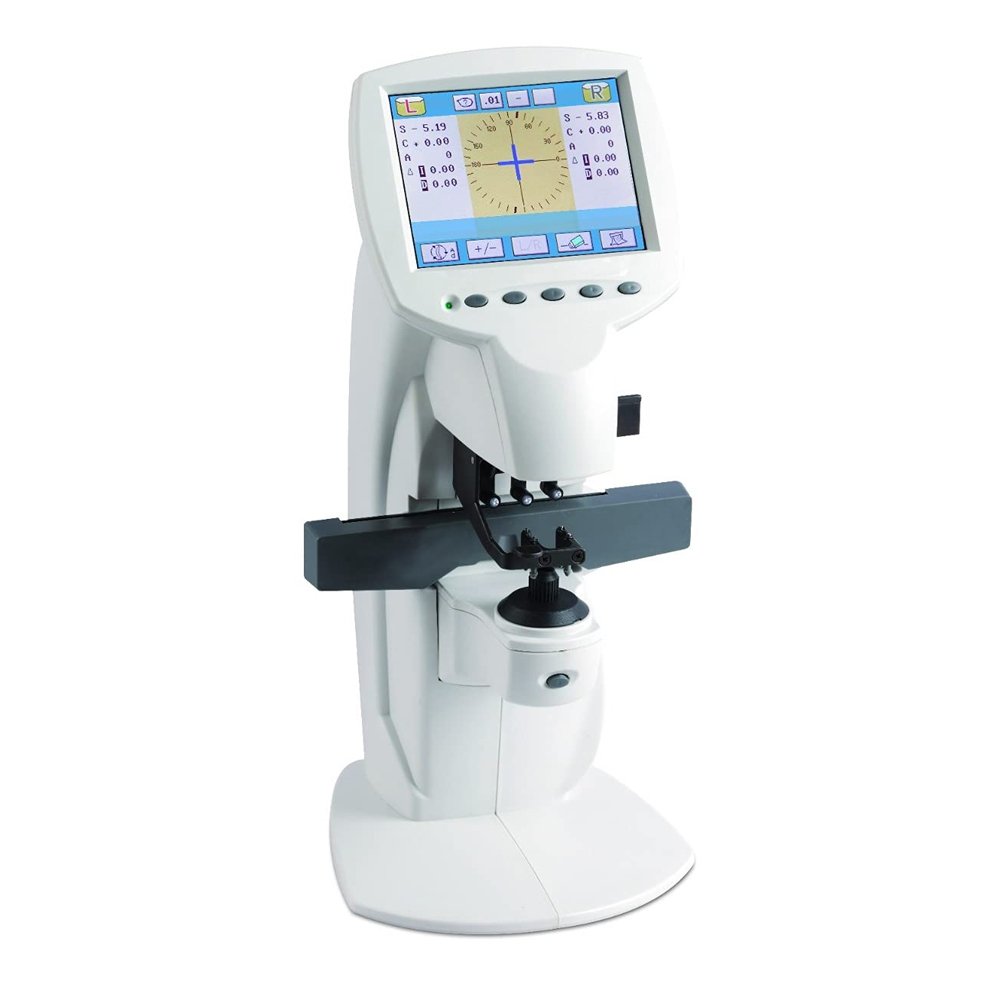
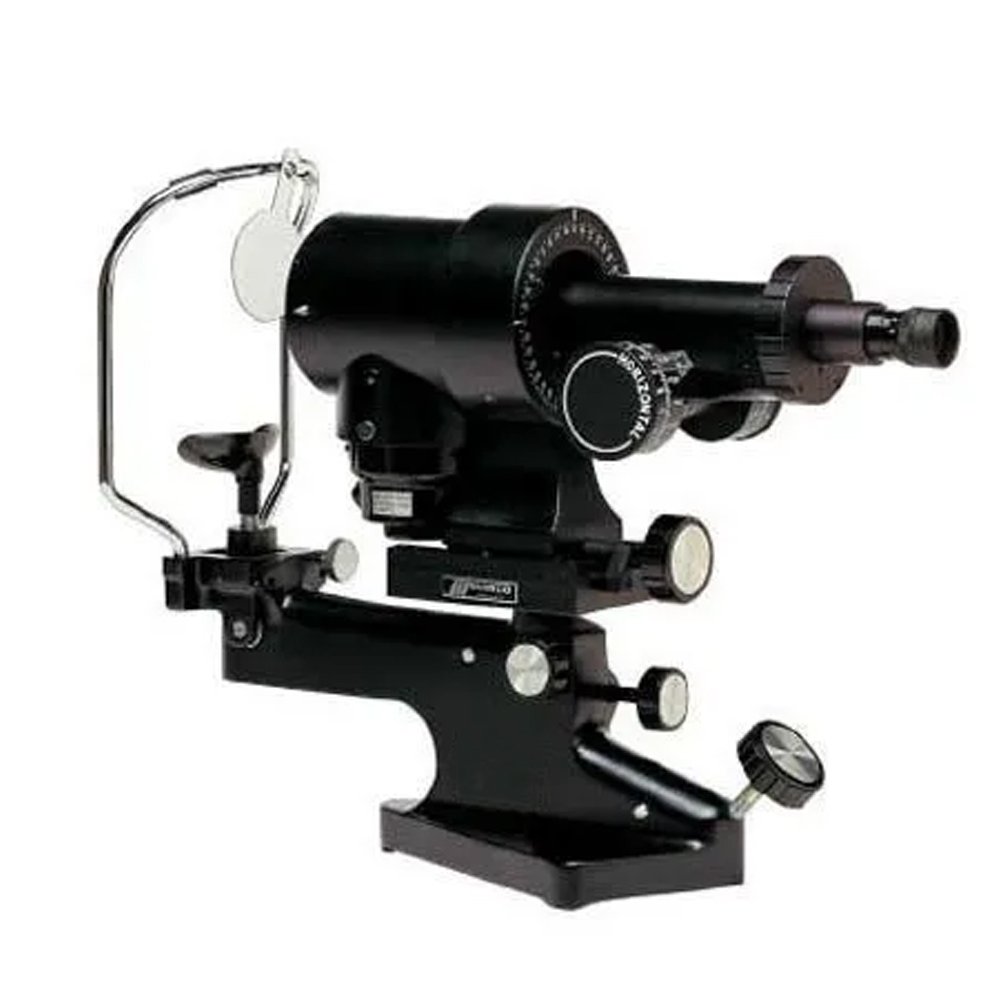
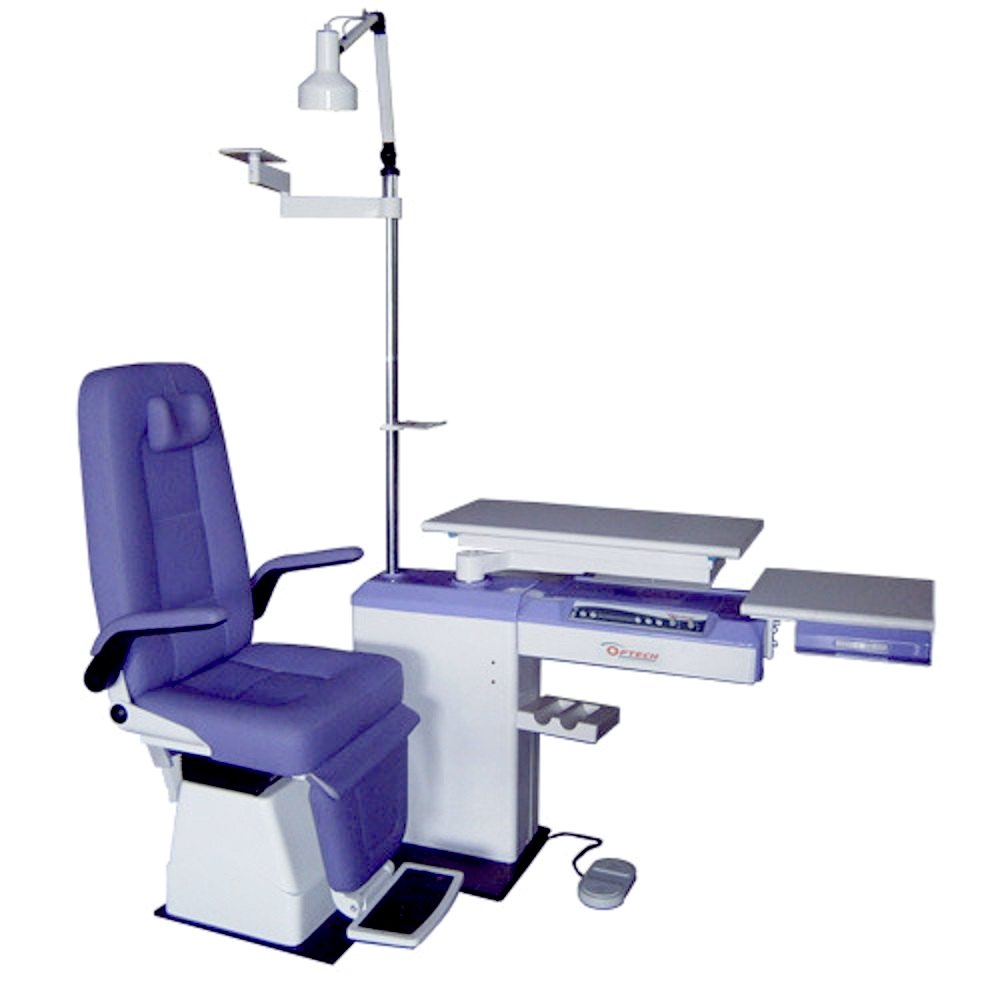
Reviews
There are no reviews yet.